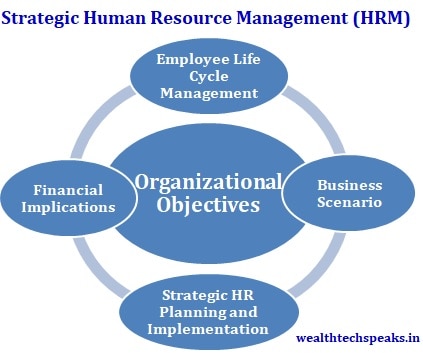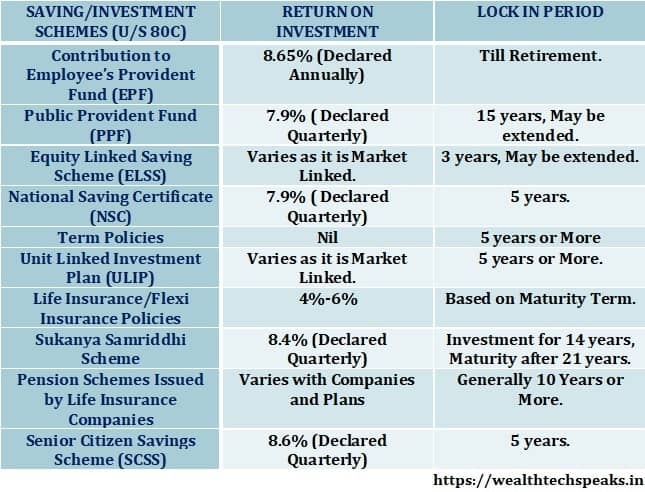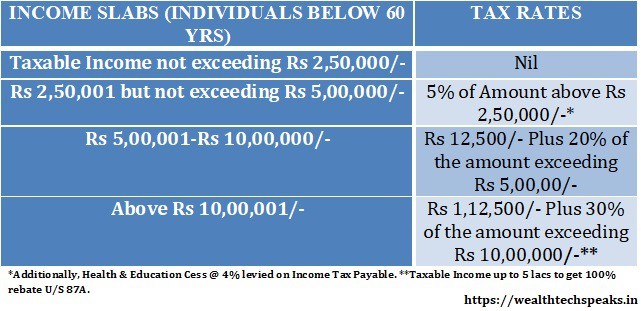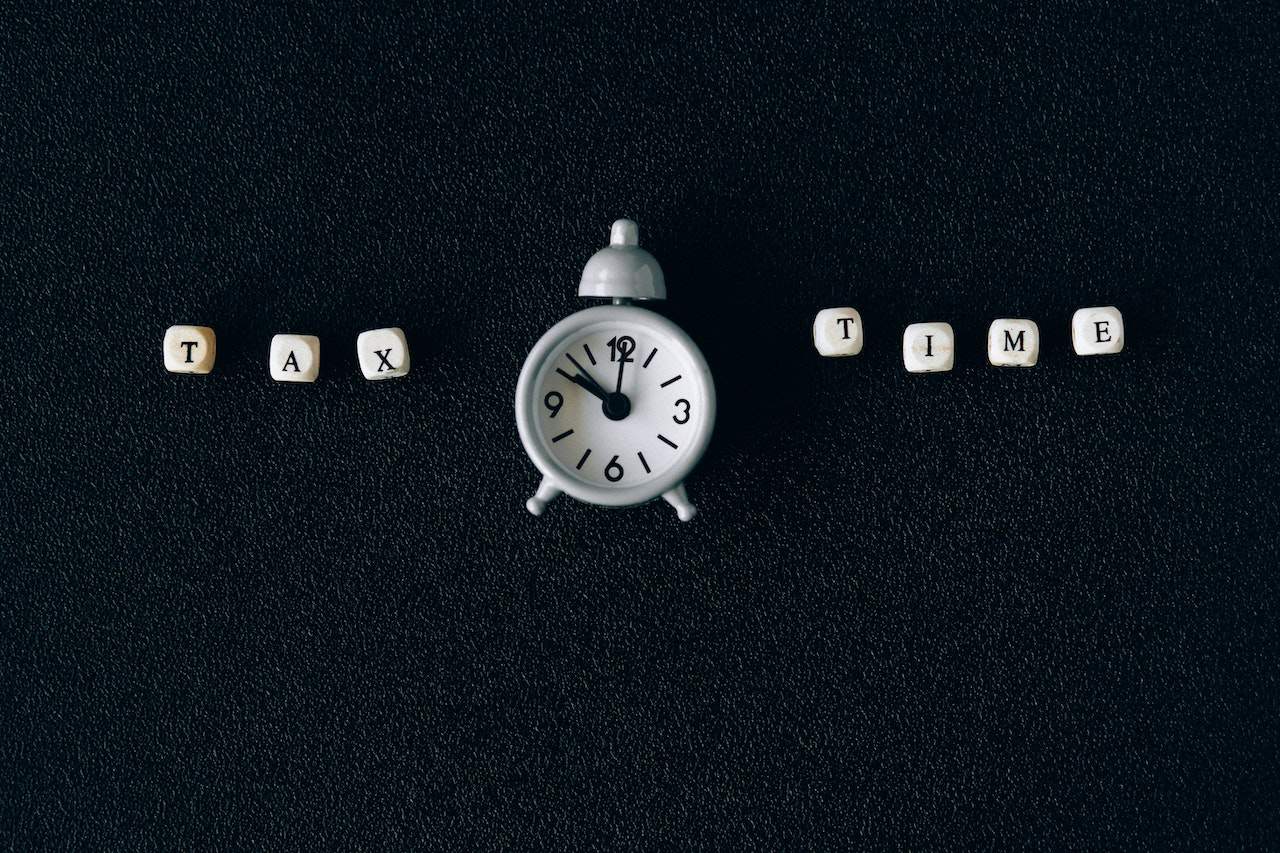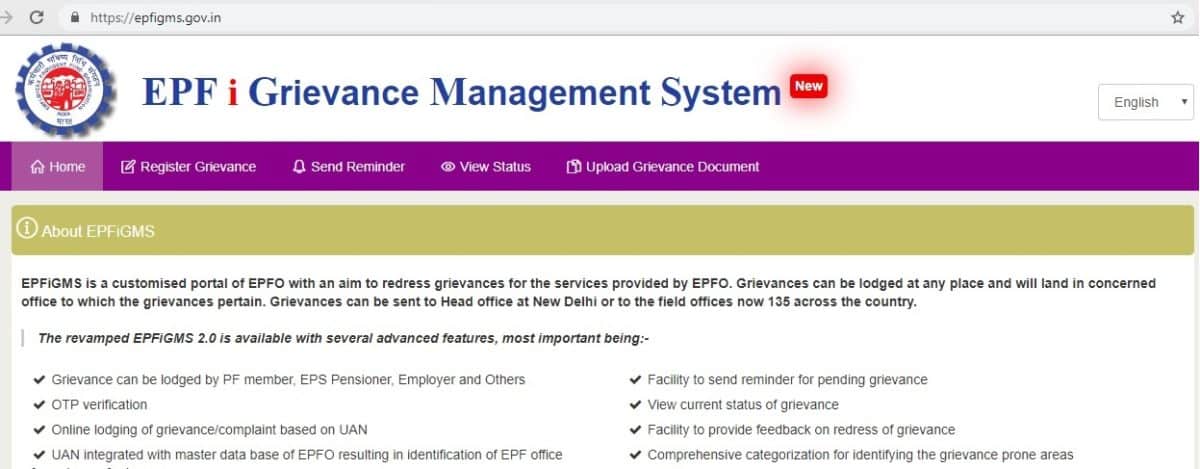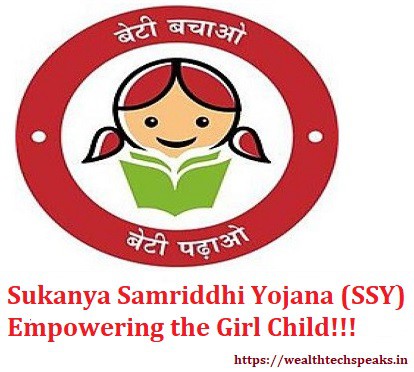Benefits, Drawbacks And Returns: Sukanya Samridhi Scheme (SSS)
- Posted By Amritesh
- On March 15th, 2015
- Comments: 6 responses
Last week I had posted about the features and other details of Sukanya Samridhi Scheme (SSS) initiative started by the Government recently. The Scheme offers one of the highest returns on Investment among all Savings Schemes offered by Government of India. You can follow the link given below to read the details and features of the Scheme. I suggest you read it before going through this post to have a better understanding.
In this post I will discuss the benefits and drawbacks of the scheme and also show illustration of the return on Investment in the Scheme.
BENEFITS UNDER SUKANYA SAMRIDHI SCHEME
- Higher Rate of Return On Investment: The return on Investment is higher as compared to other Savings Scheme on offer. The return on deposit is subject to change every year as per Government notification but since it is not market linked so one can be assured of stable returns.
- Tax Benefit: The deposit is eligible for 100% tax deduction. Up to 1,50,000 (Max Deposit Amount) is eligible for Deduction U/S 80C, in case no other deduction is claimed under it. Even the maturity amount is exempt from Tax.
- Ease of Investment: With the minimum yearly deposit being just Rs 250/- it makes the investment easy. Individuals also have the option of depositing in smaller amounts (multiples of Rs 100) according to their convenience. One can also later on increase the deposit amount to the maximum limit (Rs 1,50,000/-) if his/her financial position allow them to do so.
- Flexible Approach: The Scheme offers partial withdrawal of the deposits to meet the higher educational expenses of the girl child after she attains 18 years of age or clears her matriculation, whichever is earlier. Account may be closed 1 month before the date of marriage or within 3 months of marriage which again is in favour of the Account holder.
- Investment Does Not Involve Risk: As compared to other market linked instruments this Scheme does not involve risk related to volatile Securities Market. Moreover, the purpose of this Scheme is to encourage Investment for a Girl child so it can safely be said that the Scheme will continue to enjoy better returns in the future too.
DRAWBACKS OF THE SCHEME
- Returns May Not Be Able To Counter Inflationary Impact: Going forward inflationary rates may go up and if the interest rates declared by the government does not counter it then in the long run the Scheme may just not be able to serve its purpose. Hence one should keep an eye over these aspects as well.
- Returns Lower as Compared to Market Linked Schemes: Returns in this scheme is undoubtedly higher when compared to most of the other savings scheme. But when compared to Market linked Schemes you will find the return to be not that attractive. This Scheme runs for 21 years and offers an 8.3% interest (Reviewed Quarterly) and if you closely follow the stock market over the past 20 years you will find that Investors have earned around 12% return by investing in it. Thus, for a longer tenure investment in Mutual Funds does seem to be a better option.
- Investment is Not Very Flexible: The Scheme does offer some flexibility in terms of withdrawal but has an investment period of 15 years and maturity period of 21 years. If you compare it with ELSS Mutual Fund it has a lock in period of 3 years. Further you have the option to partially sell off (after completion of lock in period) the acquired units when market is outperforming and earn profit which could be invested elsewhere for the benefit of your child. You can also use the market volatility to improve your return on the investment.
OVERALL SUMMARY
Every Scheme and Financial Product does have its pros and cons and that has to be accepted. But when you look at this scheme you do feel that the pros do outnumber the cons. The scheme provides ease of investment and even a person with limited financial knowledge can invest in the scheme. Whereas, investments in mutual funds does require planning and involves a bit of risk. Thus in my opinion Sukanya Samridhi Scheme is a viable investment option for most of the Investors who are looking to invest for their daughter’s future.
Now the most important aspect how much can you expect in return of your investments. As I have come across many who have asked, “How much will the investment amount to” (Kitna Milega)????
Since the interest rate on investment will vary on yearly basis. I have assumed the interest rate to be 9% p.a while calculating. I have also assumed that your contribution will remain uniform throughout the period. I will include approximate figures.
This is just an Illustration to help you understand.
RETURN ON INVESTMENT
Yearly Investment Amount | Amount Invested In 14 Years | Value of Investment After 14 Years | Maturity Amount (21 Years) |
Rs 1,000/- | Rs 14,000/- | Rs 28,360/- | Rs 51,843/- |
Rs 10,000/- | Rs 1,40,000/- | Rs 2,83,609/- | Rs 518,448/- |
Rs 1,50,000/- | Rs 21,00,000/- | Rs 42,54,137/- | Rs 77,76,778/- |
Deposit considered to be paid at the beginning of the period.
Figure based on Standard Assumption.
Subscribe
Login
6 Comments
oldest

